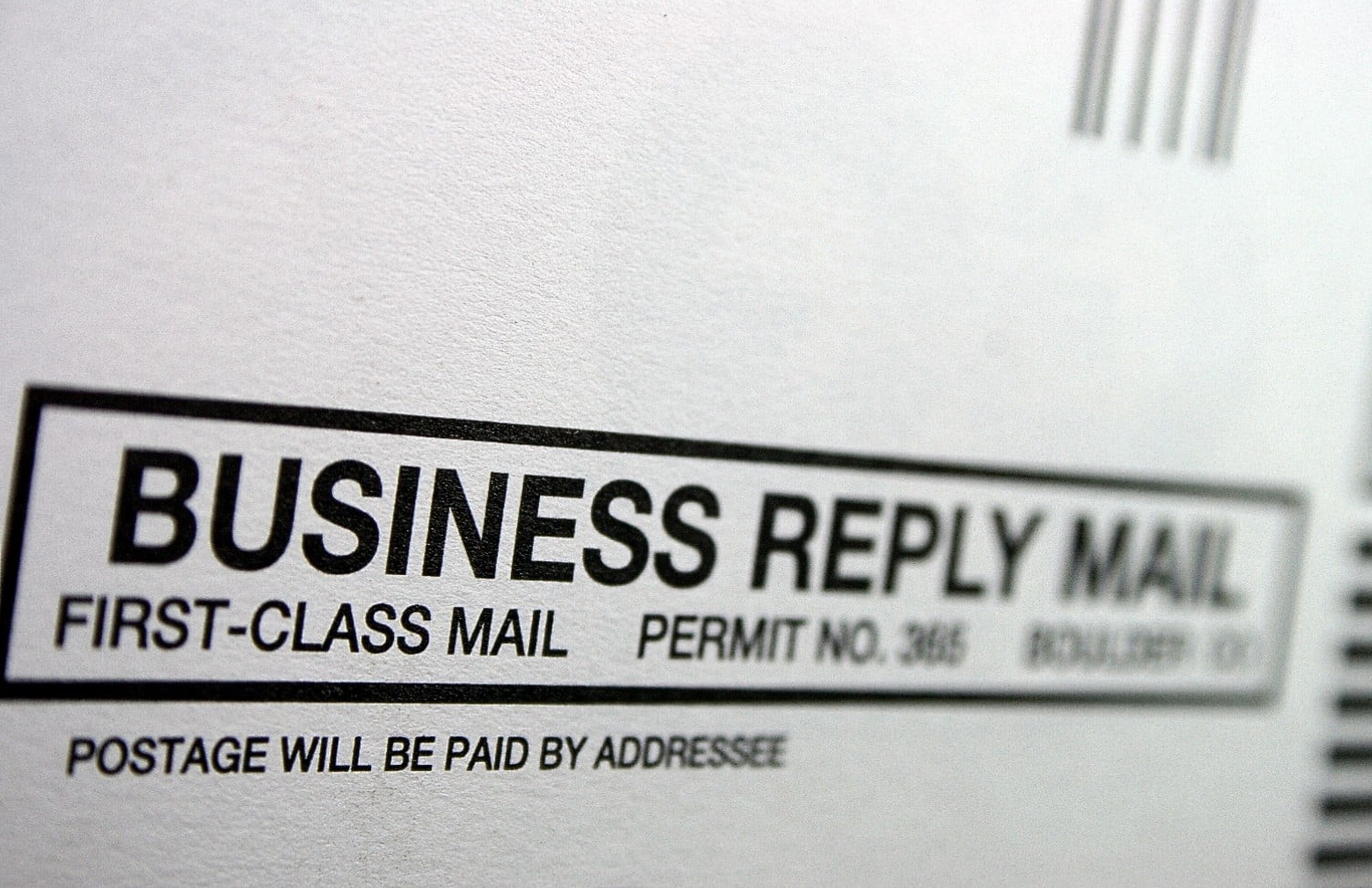By Natalie Nava, Operations Manager, Catalog Choice
A few weeks ago, my grandfather celebrated his 93rd birthday. He lives alone, and so after the celebration my mother and I decided to help go through his mail. In his large pile of mail were 30 calendars from charitable and political organizations my grandfather had sent nominal donations to over the years. If junk mail is a nuisance in your life, you’re not alone. Since the 1990s, national reports have shown that more than 80% people don’t like receiving junk mail and wish they could make it stop.

Restoration Hardware knows this perhaps better than any other merchant: in 2014, their record-breaking, 3,000-page annual catalog boosted sales for the year. But it also sparked a flurry of negative comments on social media about the paper waste from folks who had no interest in purchasing from the company.
So let’s talk about the downsides of all these unwanted catalogs. Aside from Restoration Hardware’s catalog brick arriving on our porches, it’s rare that we consider the impacts of the paper industry. But in fact, its impact is huge. As a few examples, the Department of Energy stated that the paper industry is the fourth largest industrial user of energy, behind chemical production and petroleum and metal refining. Meanwhile, ForestEthics estimates that mail advertisements generate 51.5 million metric tons of greenhouse gases every year.
It’s important to recognize the companies that are printing catalogs more responsibly, such as Patagonia, who uses FSC-certified paper to print their catalog. Even Restoration Hardware purchased carbon offsets for their massive sourcebook! These options are better, but unfortunately they’re not sufficient. Neither is recycling, as it simply cannot neutralize the paper, energy and carbon costs required for the production of new catalogs. And limited recycling infrastructure in some areas means that about 40% of all unwanted catalogs end up in landfills without having ever been opened. What a waste!

You may create an account at catalogchoice.org to start opting out of catalogues today.
The Story of Stuff Project seeks to transform the way we make, use and throw away Stuff. On March 24, 2015, The Story of Stuff Project acquired Catalog Choice to help people save trees and simplify their lives by reducing unwanted junk mail. Natalie Nava oversees operations of Catalog Choice. You can reach her at natalie@catalogchoice.org.
